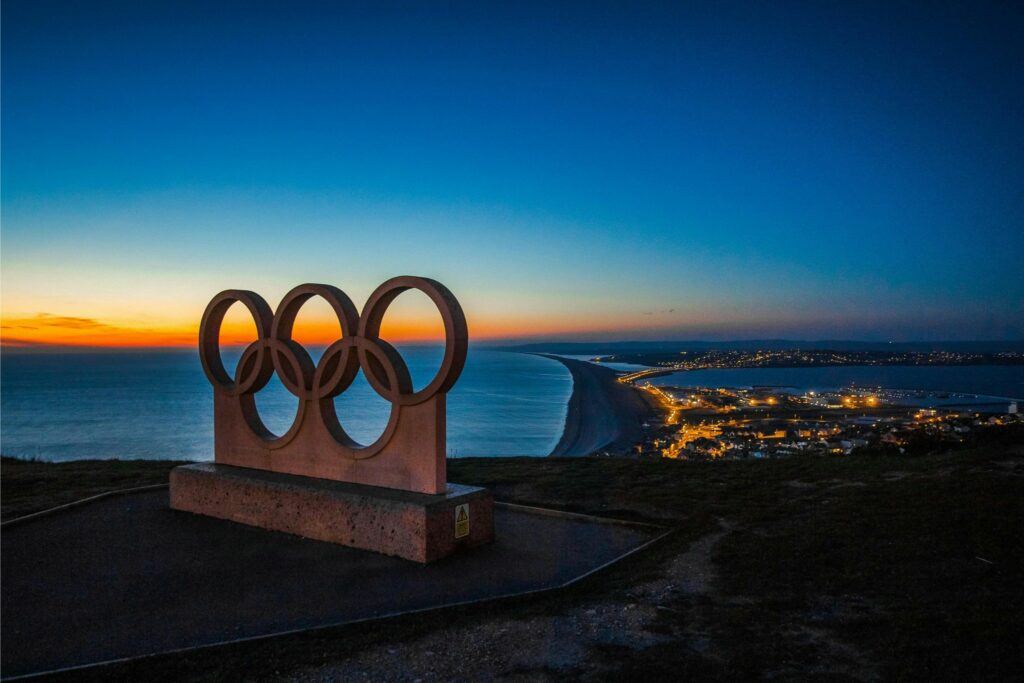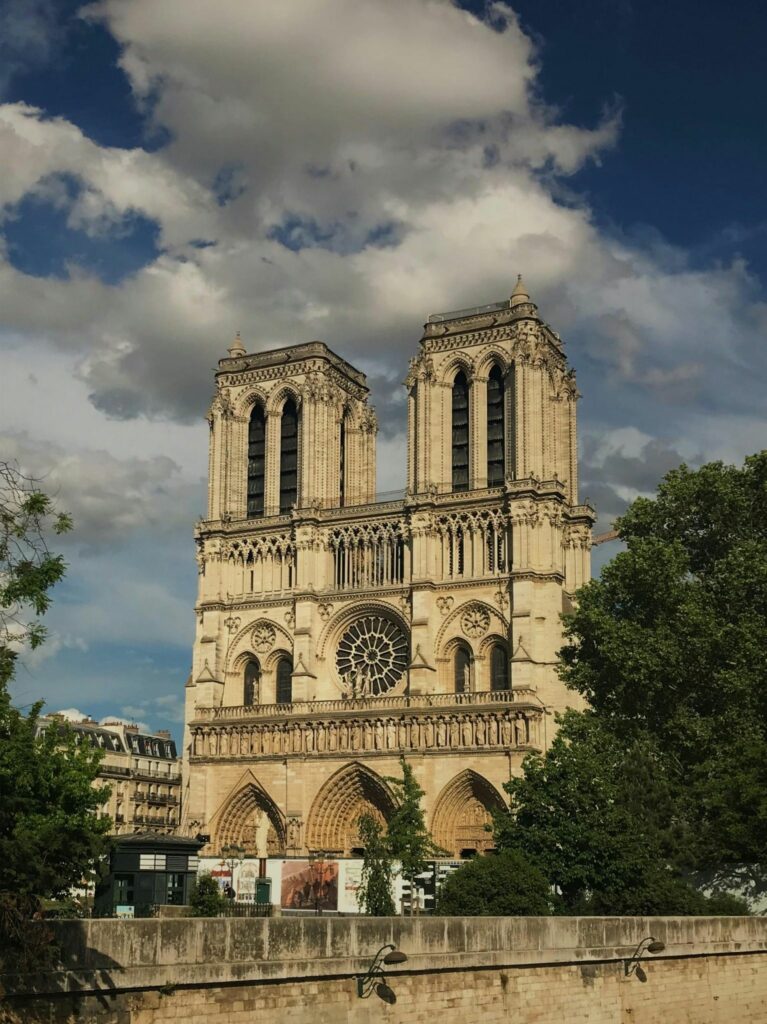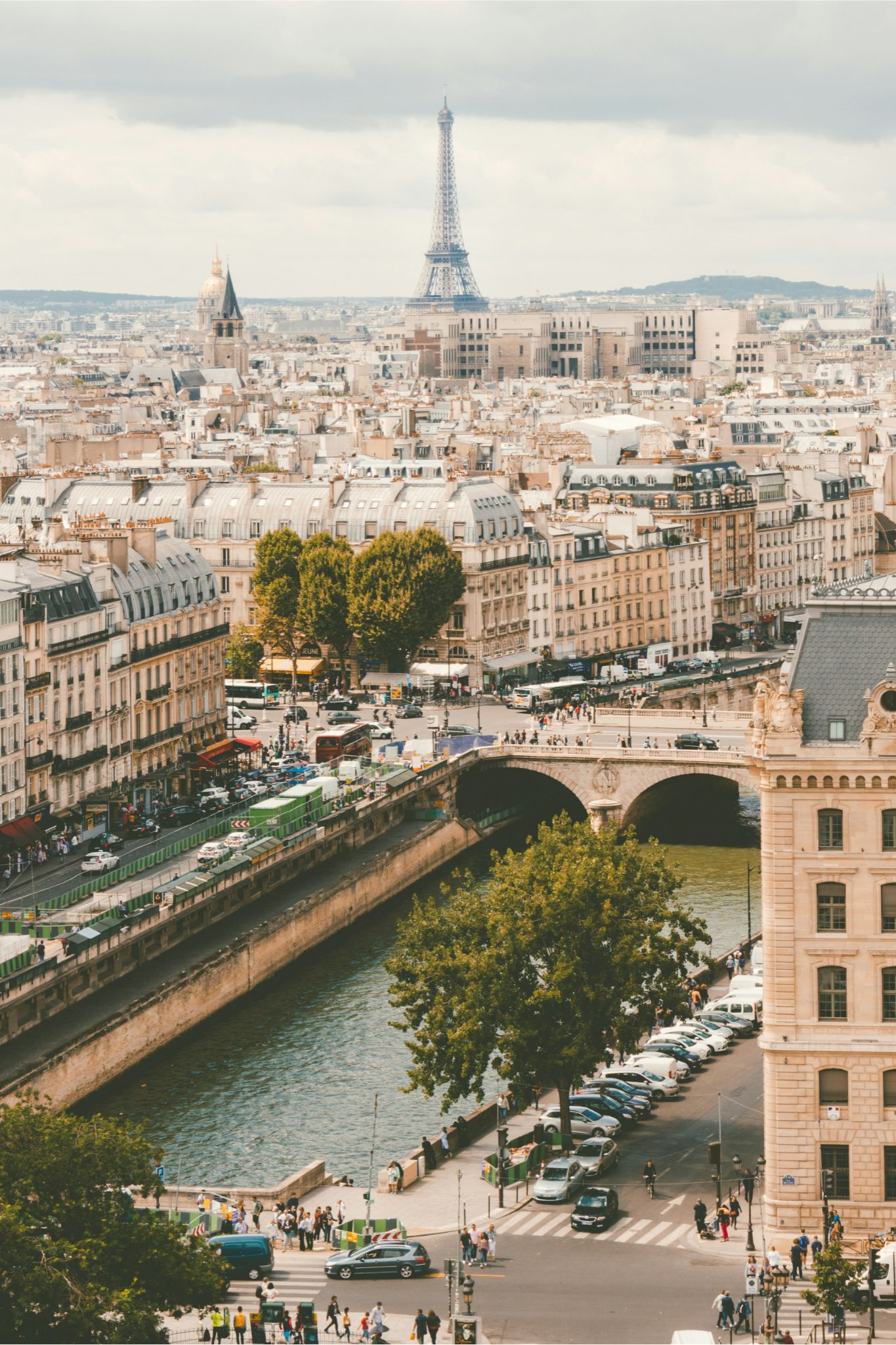The world’s finest extravaganza is expected to open the 2024 Olympic Games in Paris. Even though Mother Nature had other plans for the French capital, Friday’s (26th) opening ceremony included an abundance of locally produced clothes.
The opening ceremony was held outside a stadium for the first time, with LVMH Moët Hennessy Louis Vuitton serving as a premium partner. The presentation lasted three and a half hours and featured participation from the Dior, Louis Vuitton, and Berluti labels.
Unexpectedly, the story, which took place in front of famous landmarks like the Eiffel Tower and Notre-Dame de Paris Cathedral, also highlighted several independent Paris-based designers, including Jeanne Friot, Charles de Vilmorin, Victor Weinsanto, Alphonse Maitrepierre, Kevin Germanier, and others, at various points.
Their attendance reflected the show’s organisers’ goals to make it inclusive, accessible, and environmentally friendly.
Star-studded performances and fashion highlights
More than 300,000 people congregated on the riverbanks, and an estimated 1.5 billion people watched the event globally and were treated to plenty of visual stimulation even though the anticipated “golden hour” effect was not achieved by the pouring rain.
Dior’s artistic director of womenswear, Maria Grazia Chiuri, clothed celebrities including Lady Gaga and Celine Dion, commemorating the latter’s victorious return.
Dion performed Édith Piaf’s iconic “Hymne à l’amour” in a spectacular finale on the first floor of the Eiffel Tower. She wore a white silk georgette gown with fringe that was embellished with thousands of silver beads, a task that took more than 1,000 hours to complete.
The Canadian celebrity last appeared on stage in 2019 and later said she had stiff person syndrome, an uncommon illness that results in spasms in the muscles.
With a tribute to Zizi Jeanmaire, Gaga got things started just after the 7:30 p.m. start time.
The vocalist sang the well-known song from the French cabaret artist, “Mon truc en plumes”, with 10 dancers on the riverbank. She wore a black feather jacket, a black satin bustier, black pants, and a detachable skirt decorated with pink and black feathers. (Dior clarified that the feathers were gathered during the birds’ molt in a statement.)
Tributes and artistic statements
French-Malian singer Aya Nakamura, whose suspected attendance had sparked a contentious discussion over race and national representation, was also dressed by Dior. She is the most listened-to French artist worldwide and represents the Lancôme brand.
Wearing a short, asymmetrical dress adorned with gold-coloured feathers that resembled an outfit from Chiuri’s fall haute couture collection, Nakamura sang her hit song “Djadja” in front of the French Republican Guard military band on the Pont des Arts. With a final salute, she seemed to be sending a clear message to those who were critical of her.

Axelle Saint-Cirel, a mezzo-soprano from the French Caribbean island of Guadeloupe, was another highlight. She sang the French national anthem on the Grand Palais roof while donning a Dior outfit that was draped and blended in with the French flag she was holding.
On the Pont Alexandre III, she was accompanied by a chorus of ladies wearing contemporary renditions of the peplos, the traditional red, white, and blue robe worn by women in classical Greece.
A few of them carried flags honouring African American artist Faith Ringgold’s “Freedom Woman Now,” which she had not lived to see the project through to completion before passing away in April at the age of 93.
It was part of a tableau called “Sororité”, which replaced the traditional “Fraternité” in France’s national motto, “Liberty, Equality, Fraternity”, to honour women who have made significant contributions to the country’s history. One such woman is Simone Veil, who, in her capacity as health minister, supported the legislation that made abortion legal in France in 1975.
A Grand Finale and fashion innovations
Another poignant moment included a performance of “Imagine” by Juliette Armanet, backed on the piano by Sofiane Pamart, which Chiuri also contributed to. The French singer collaborated with Dior and Clara Daguin, a designer renowned for her high-tech designs that use LEDs and fibre optics, to create the flared slacks and waxed canvas top that the singer wore.
“We stand and call for peace”, was the message displayed on the screen following her performance.
Earlier in the day, Laetitia Casta, the French model who provided the model for the bust of Marianne, the emblem of the French Republic, which is hung in government buildings throughout France, and Pharrell Williams, artistic director of menswear at Vuitton, joined the ranks of Olympic torchbearers in a relay.
The pair represented the transition between France and Los Angeles, which will host the Summer Games in 2028, as they stood in front of the Basilica of Saint-Denis next to a Vuitton trunk designed to hold the Olympic torch.
According to Thomas Jolly, the ceremony’s creative director, 18,000 people attended the opening ceremony, which was billed as the largest TV show ever created. These individuals included athletes, entertainers, and technicians.
The French equivalent of Lin-Manuel Miranda, he is renowned for mounting lengthy Shakespearean performances and most recently led the rebirth of the French rock opera “Starmania” from the 1970s, with costumes designed by Nicolas Ghesquière, creative director of womenswear at Louis Vuitton.
A masked torchbearer made his way across the rooftop of the French fashion house’s headquarters overlooking the Seine to enter a workshop where craftspeople were making trunks on Friday night. It was a pre-filmed scene fit for a blockbuster film or video game, “Assassin’s Creed”. This was a bit of poetic licence, given that the building mostly houses offices and showrooms.
It was the most noticeable display of LVMH’s several activations during the biggest athletic event in the globe.
Several enormous Vuitton suitcases were carried across the Pont Neuf, the site of Williams’ inaugural display last June, as part of the “Synchronicity” set. The trunks went to the Paris Mint, home of LVMH-owned jeweller Chaumet, where the Olympic medals were created.
Another taped scene included dancers hung from scaffolding surrounding Notre Dame, which is scheduled to reopen in December following five years of renovations following a terrible fire, dressed in upcycled clothing painted with gold paint.

Soon after, Guillaume Diop, a ballet dancer, gave a live performance on City Hall’s roof while wearing a beige Vuitton vest and roomy brown pleated shorts. Diop made history last year when she was named a Paris Opera Ballet “étoile”, or star dancer, being the first Black dancer to do so.
Rapper Rim’K, a Franco-Algerian from the group 113, looked fierce while performing in an oversized Damier checkerboard shirt, a red and black colour scheme.
While everything was going on, French disco icon Cerrone’s song “Supernature” was being performed by deaf dancer Shaheem Sanchez, who invented American Sign Language dancing. Sanchez was wearing a copper-coloured Vuitton suit.
Though she cited many of the smaller designers that took part in the evening’s 12 artistic tableaux, Daphné Bürki, the styling and costumes director of the ceremony, who oversaw the creation of 3,000 individual costumes and commented on the ceremony live on France 2 television, only mentioned Dior’s name once.
A love-themed scene with a throuple was created by De Vilmorin as an homage to the iconic French New Wave film “Jules et Jim”.
He created extravagant designs for rainbow-coloured skirts worn by dancers atop poles. The tableau culminated with the Patrouille de France pilots drawing a red heart in the sky above the Pont Neuf.
Reminiscent of Joan of Arc, who carried the Olympic flag to its ultimate location across from the Eiffel Tower, Friot costumed a cowled rider atop a grey horse. Notable wearers of her creations include Madonna and Eurovision winner Måneskin.
A fashion show featuring others was conducted on the Passerelle Debilly, the same venue where Kenzo hosted its runway show the previous year.
Designers like Azzedine Alaïa and Jean Paul Gaultier have looked up to Farida Khelfa, who wore a Maitrepierre ensemble, while Germanier clothed Paralympic fencer Beatrice “Bebe” Vio Grandis. Weinsanto paid homage to his native Alsace by dressing his muse, Ildjima Masrangar, in a massive organza coif.
Most of the 10,500 competitors for the Games were transported by nearly 100 boats down the Seine from the Austerlitz bridge to the Trocadero, the esplanade opposite the Eiffel Tower.
Last to arrive was the French boat. Although many of the participants were wearing disposable plastic rain ponchos, the official Berluti jerseys were still worn by the athletes, which lessened the effect of the design.
“Paris and the Olympic Games in general are all about people coming together,” he stated.
(Tashia Bernardus)
